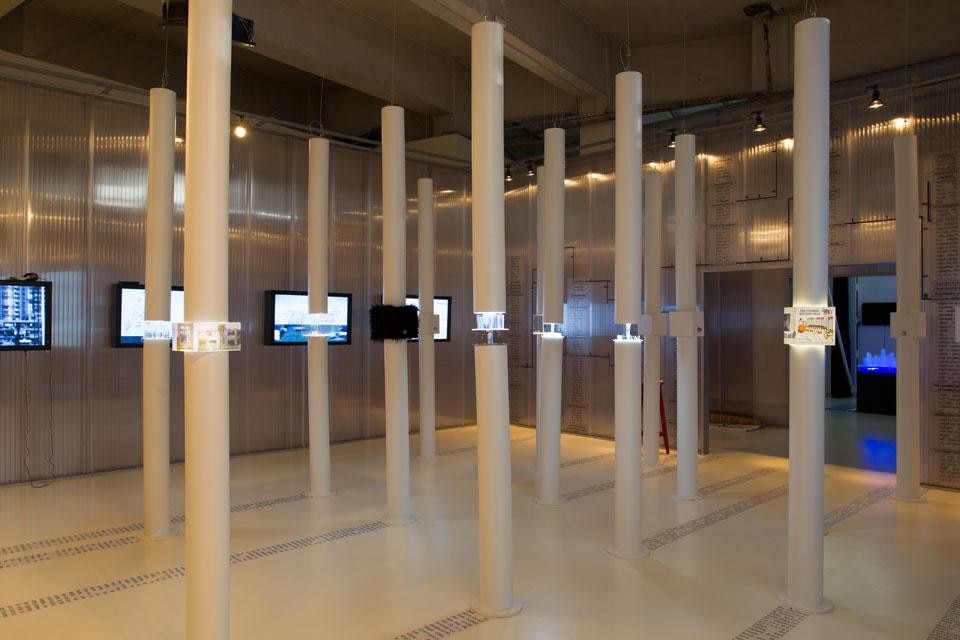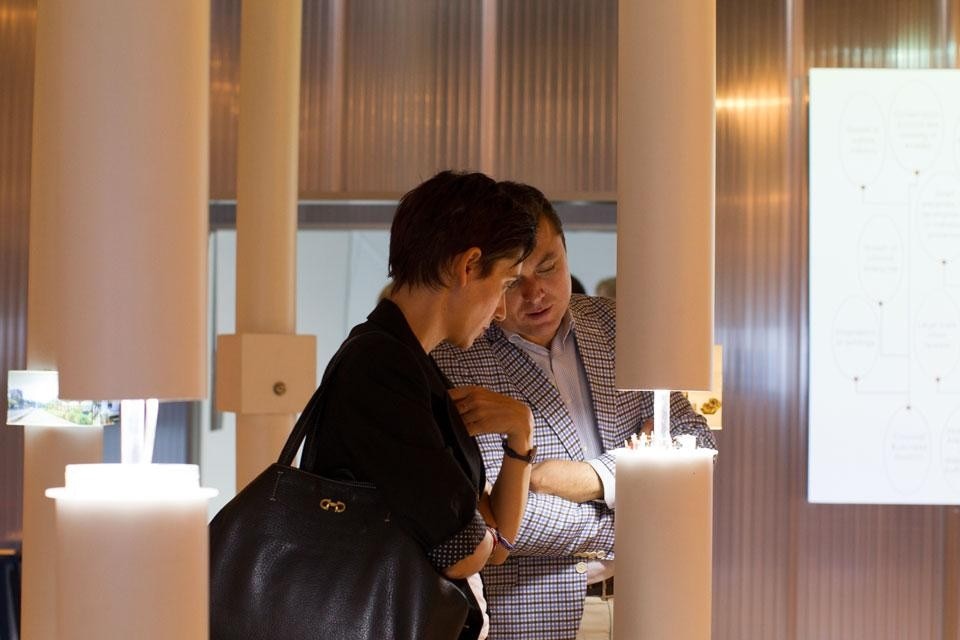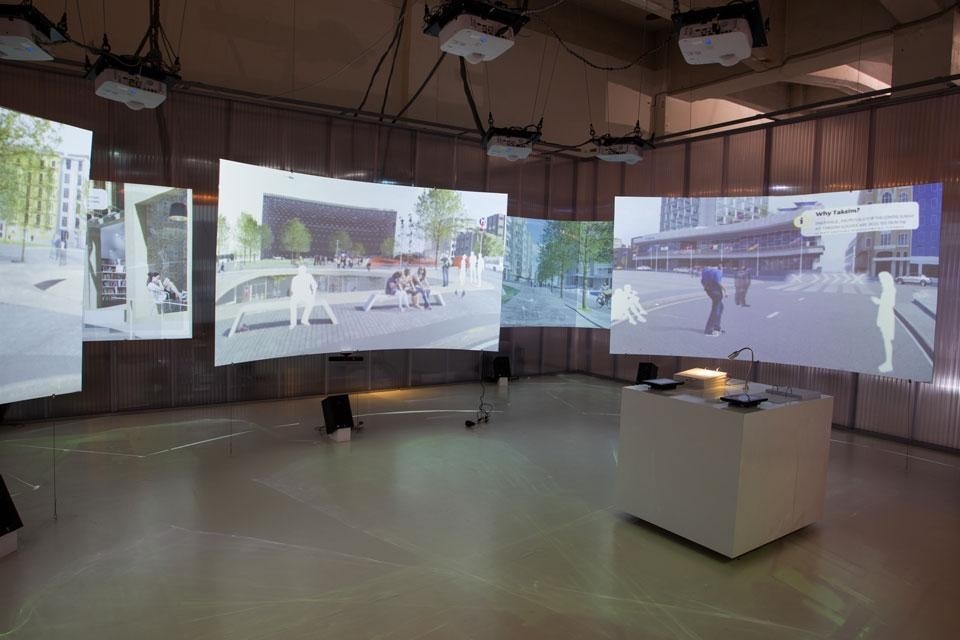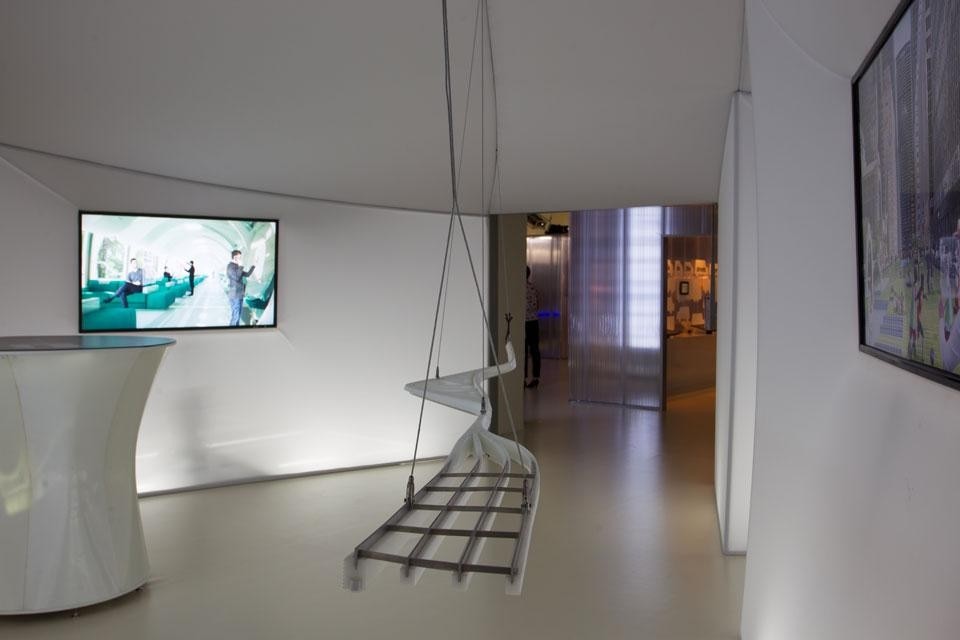"The jury concluded that this was the most thoroughly resolved response to the competition brief, and noted that it also has the potential to be realised, at least in part, within the 2030 timeframe prescribed by the competition," stated John Thackara, design theorist and chairman of the interdisciplinary jury. "The jury also noted with approval that the winning entry is based on thorough research into its social and economic context; it involves both social and technical innovation at a system-wide level; and real architectural quality is evident in its execution."
"The winning proposals are a visionary document setting out what is required for cities of the future," says Rupert Stadler, chairman of the executive board of AUDI AG. "This city dossier will be a specific set of instructions about how to plan or remodel a metropolitan region, in order to tackle increasing density."
BosWash Unseen
From an interview with Eric Höweler and Meejin Yoon by Ana Miljacki
"BosWash Unseen" is a guided tour/ itinerary of BosWash's significant, yet invisible regions. Where Donald Appleyard, Kevin Lynch and John R. Myer's landmark 1964 book The View from the Road attempted to document the visible physical borders in the urban fabric from Boston's freeway corridors, and produce a new mode of vision for a new mobility, we argue that lived experience within BosWash is now defined through the hidden edges which construct publics not as residents of a given neighbourhood or urban area, but as citizens of radio broadcasting zones, sporting franchise allegiances, networks of economic activity, and new identities for residents and commuters.
I ? BosWash
Imagine an advertising campaign: I ? BosWash, who would wear that T-shirt? Surely, no New Yorker would identify with BosWash, but someone in New England might. Since you identify yourself relative to your car and then relative to a certain territory, it is no surprise that the ubiquitous bumper sticker is the site of declaration of some sort of identity. In his Imagined Communities (1983), Benedict Anderson talks about the nation state as a relatively recent invention with institutional apparatuses that support it. Architecture of course participates in that mythologisation as well, and similarly, cars support a kind of creation of imagined communities. Even though the project of defining a singular identity of BosWash might be absurd, we are on the one hand interested in precisely defining it as such and on the other hand we are pointing out the discontinuities within it: economic, as well as communicational and infrastructural. And the vehicle, the car, is the one thing that ties it all together. The BosWash territory is organised and curated through the windshield as that specific lens through which we view the landscape.
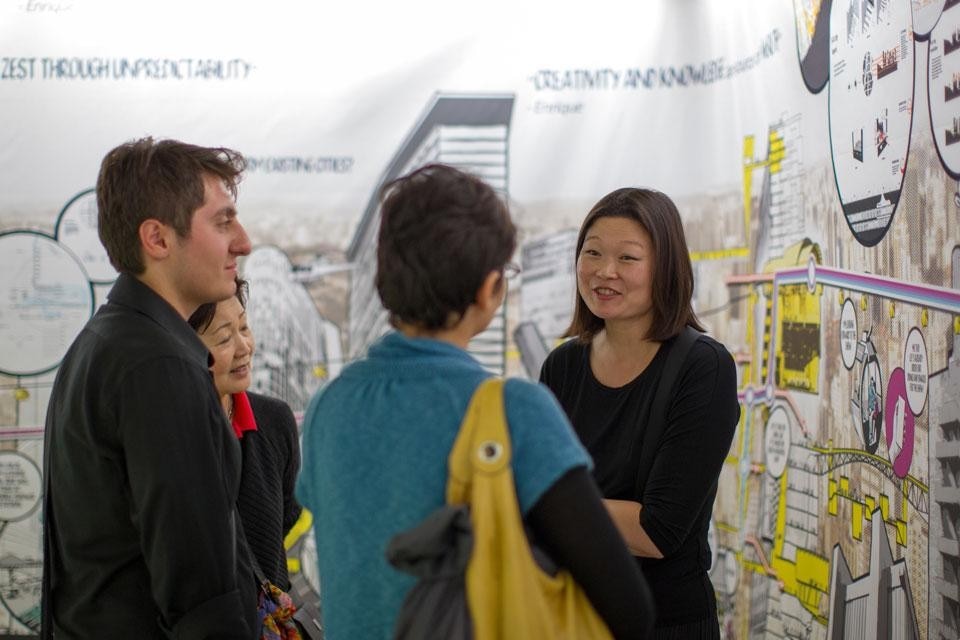
I-95 is the central spine and the nervous system of this territory, and there is a kind of sameness to it. The continuity it produces is retinal: the same kind of optic for the eight hours of driving along it. Even though the drive registers a gradual shift in urban density, transitioning from dense city cores to agricultural pastureland, the shifts are so gradual that they pass almost unnoticed. The impulse to take the off-ramp and take the detour allows for a discovery of things that are almost always present around but usually unseen from the highway. Our hope for the travelogue is that it exposes invisible boundaries and the invisible networks that underlie the territory. Maybe that is what updates the definition of territory: it is not about a kind of perimeter, or a neat figure, but is a series of overlays that in their aggregate could be said to have a kind of coherence, which, although not a monolithic identity, may still be grasped as an entity.
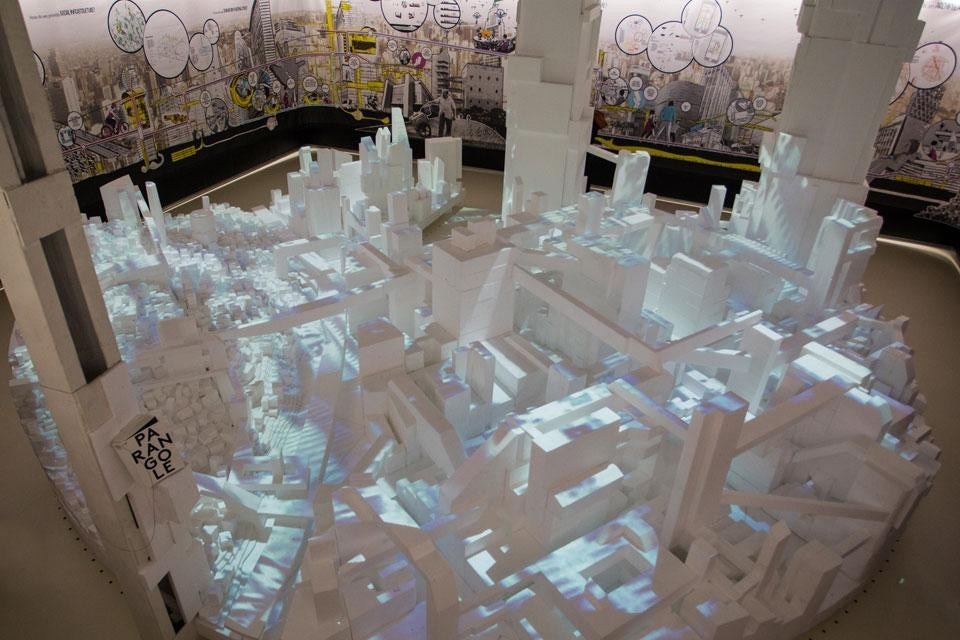
The road network is a kind of armature that in part supports the experience of continuity even as it suffers from different degrees of obsolescence and decay. Although a 60-mile-per-hour trajectory would seem to tie things together cinematically, at some point you are driving over surfaces that are in an imminent state of collapse. Like Robert Smithson's tours of New Jersey, the Monuments of Passaic, "BosWash Unseen" highlights the unique vernaculars which have emerged as contingencies of BosWash's networked border conditions: once significant bridges which have fallen into dangerous disrepair as the construction of new bypasses renders them obsolete, urban farms cropping up in Baltimore's vacant neighbourhoods after the economies of manufacturing migrated east, or the bizarre architectural ingenuities appearing in small towns in nowhere, advantageously situated on an urban corridor which sees tens of thousands of cars a day. Carol Willis uses the term "vernaculars of capital" to describe skyscrapers. The architect's hand matters less than the boom and the bust cycles, or the zoning constraints. It is not the brilliance of the architect's imagination that produces an exceptional building, but instead her or his ability to negotiate both the market and the zoning constraints imposed by the city. Willis did a great job of showing how the "hand of the market", the vernaculars of capital, produced urban morphologies and patterns. In this sense all the BosWash phenomena and monuments have to be understood as vernaculars of capital as well.
The jury concluded that this was the most thoroughly resolved response to the competition brief, and noted that it also has the potential to be realised, at least in part, within the 2030 timeframe prescribed by the competition
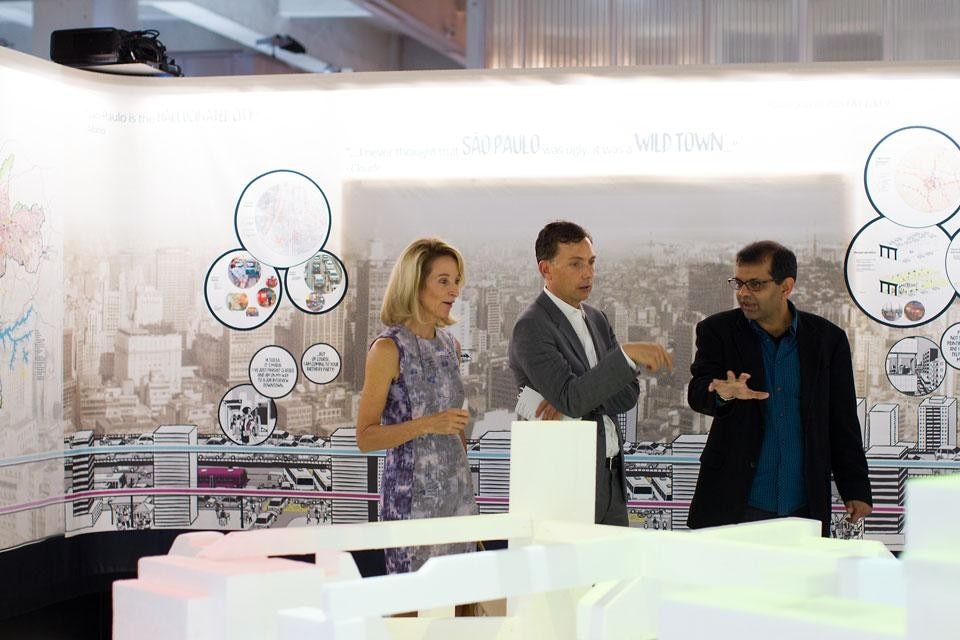
BosWash, a mega-city region defined less by urban centres and more by sprawling networks of suburbs, exurbs and high-density urban corridors, all linked, divided and inscribed through the infrastructures of mobility, communication and economics. BosWash represents a new type of territory, no longer defined by interiors and exteriors or demarcated by the borders of an urban figure; it exists instead as a dense overlay of multiple borders which define sprawling zones of diverse intensities, land uses and patterns of urbanisation.
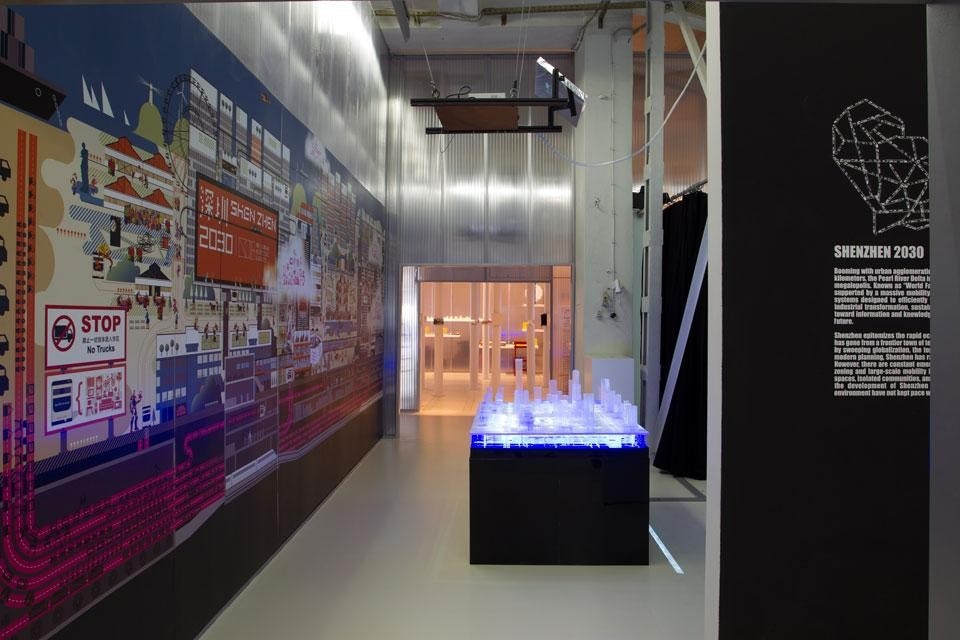
The remaining finalists of the 2012 Audi Urban Future Award are:
CRIT, Mumbai: "Nicely messy"
NODE Architecture & Urbanism, Pearl River Delta: A region gains quality of life
Superpool, Istanbul: Urban planning processes become democratic
Urban-Think Tank, São Paulo: The new mobility lifestyle
